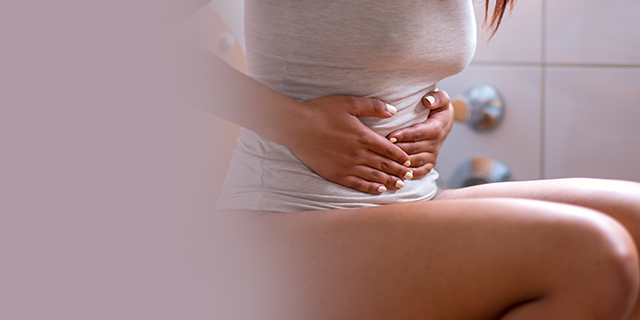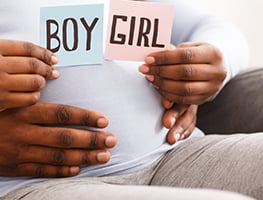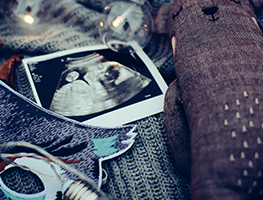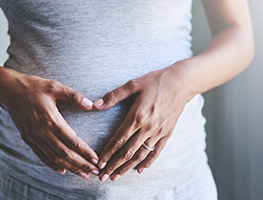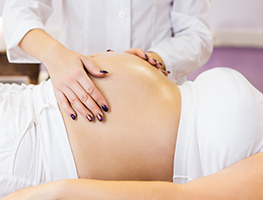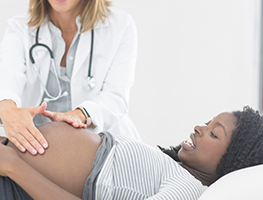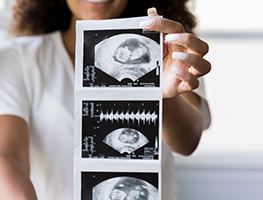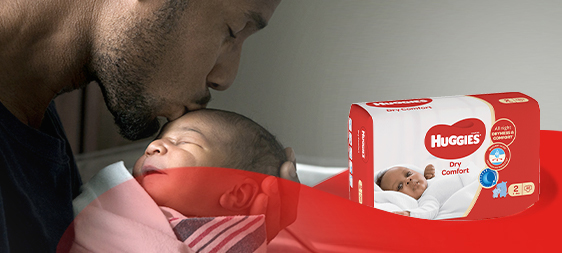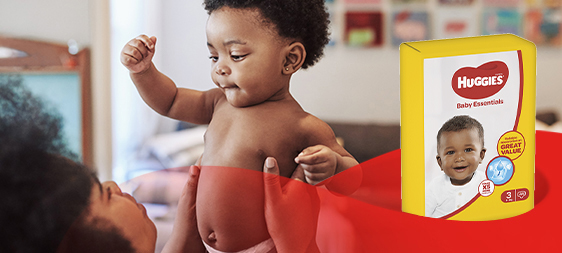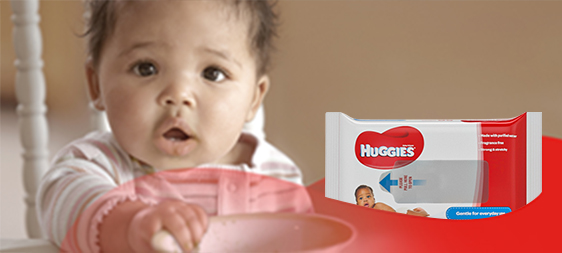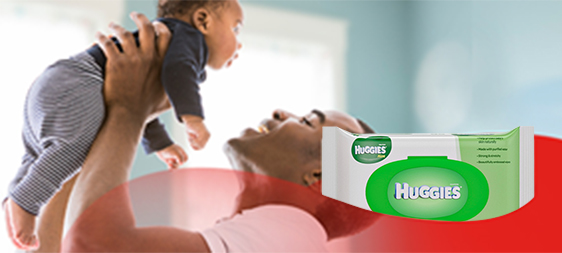Cramps in early pregnancy are relatively common. In the majority of women light cramping is nothing to be concerned about, and tends to improve without any specific management or care. Occasionally, however, womb cramping can be a sign of pregnancy complications, so it is always worthwhile to be checked by a healthcare practitioner such as your GP, midwife or obstetrician.
Women who have had problems getting pregnant can be particularly anxious – having a history of previous miscarriage or a complicated pregnancy means that every little hiccup can be alarming. It’s worth remembering though, that every pregnancy is its own unique event. Aiming to stay healthy, reducing your stress, keeping regular obstetric appointments and maintaining good supports will all help in making your pregnancy as enjoyable as possible.
What causes cramps in early pregnancy?
As the womb expands to accommodate the growing baby, the muscles and ligaments that support it are stretched. This can cause pain, aches and discomfort for many women, particularly in the first trimester. The veins supplying the womb with blood become engorged as well and this can add to feelings of heaviness and discomfort. Most commonly, muscular cramping is felt low in the abdomen, on either one or both sides.
The other cause for cramping may be due to a cyst known as a Corpus Luteal Cyst, which has formed on the same ovary that matured the egg and released it before being fertilised. One important function of this cyst is to produce enough progesterone so the embryo can be nourished before the placenta has had a chance to form.
What does it mean if I’m spotting?
It is not unusual for women to have slight spotting only, which is not associated with any cramping. Commonly, this is due to the embryo burrowing into the wall of the womb. This is why spotting at around the same time when a period would normally be due is known as an implantation bleed. Unless the bleeding becomes heavy, continuous and is accompanied by pain, it generally settles after a day or so.
In some women, the womb is not positioned in exactly the right position in their pelvis. Instead of tilting forwards and sitting almost on top of the bladder, it is retroverted (tilting backwards). As the womb enlarges it may need to tilt more in one direction than the other and this places additional pressure on the ligaments and nerves.
What do the cramps feel like?
Light cramping is similar to period pain, when the womb is contracting and there is a heavy, dragging feeling in the pelvis. Sometimes this is felt more on one side than the other. Cramps can be experienced more after standing for long periods or at the end of the day. When the pressure in the abdomen rises suddenly, which is what happens during sneezing, coughing or laughing, the cramps may be more noticeable.
Women describe the cramps in a variety of ways. For example sharp, stabbing, dull, heavy or “just annoying” can all be used as ways of expressing the sensation.
Some healthcare practitioners use the analogy of cramps in early pregnancy as being a form of growing pains of the womb. Although the growth of the baby in the first trimester is relatively slow, the blood supply and hormonal changes within a mother’s pelvic organs are significant.
There are a lot of changes going on; not just because they’re necessary now, but to prepare for the months ahead. The womb, when you are not pregnant, is a relatively small organ. It is made up of muscular fibres, which have the capacity to expand and stretch many times greater than their original size. Some degree of discomfort and cramping is an almost inevitable part of all that growth.
Although this doesn’t make it any easier to tolerate, understanding the cause and knowing it will ease can make the cramping more manageable.
When do I need to get checked?
If you are worried, concerned or just need reassurance
If you have any vaginal bleeding or spotting that doesn’t stop, or increases
If you develop any acute, strong pain in your abdomen or in the tips of your shoulders
If your temperature is elevated or you feel unwell
If you are having problems passing urine. You may have the urge to pee but are having problems starting or are stopping mid-flow.
If your pregnancy symptoms become less noticeable
What’s the worry?
Although cramping can be completely normal, it can also be an early sign of miscarriage. Unfortunately, there is little that can be done to stop miscarriage from occurring if it is inevitable. It is estimated that around one in four pregnancies end in miscarriage; due, in many cases, to chromosomal abnormalities or a problem with the embryo embedding itself into the lining of the womb.
Occasionally, cramping can be a sign that the fertilised egg has not embedded in the womb but instead, is nestling down somewhere else in the pelvis. Most commonly, this is in one of the fallopian tubes. This is known as an ectopic pregnancy. Because the fallopian tubes are minute and only wide enough for the microscopic egg to migrate along, they cannot expand in the same way as the womb can.
Ectopic pregnancy
An ectopic pregnancy constitutes a medical emergency and can potentially be fatal. The embryo cannot be saved and needs to be removed along with all, or a portion of the fallopian tube. Occasionally, the tube ruptures before surgery is possible. This leads to added complications of shock, bleeding and infection.
Women who have had surgery on one or both of their fallopian tubes can have subsequent problems with conceiving. Retaining as much healthy and patent fallopian tube as possible, whilst not compromising the health of the mother, are the two primary goals of surgery. This is why early expert care and attention is important if ectopic pregnancy is suspected.
Symptoms of an ectopic pregnancy
Acute abdominal pain or tenderness that doesn’t ease
Vaginal bleeding or spotting
A distended abdomen, with swelling and bloating
Shoulder tip pain or pain that is radiating to the shoulders – this can indicate blood collecting in the abdomen and underneath the diaphragm
Lower back pain
Feeling dizzy, faint or lightheaded
What else can cause cramping?
Appendicitis
Gall-stones or infection
Heartburn or indigestion. On-going epigastric pain can be a sign of heart problems or in later pregnancy, toxaemia
A urinary tract infection or infection of the kidneys
Pancreatitis
Constipation
Wind or gas pain
Round ligament pain. This is usually felt in the sides of the tummy and can be described as short and sharp/stabbing type pain
Sexual intercourse and orgasm can cause the veins of the pelvis to become engorged and ache. Orgasm causes the womb to contract for a short while afterwards and this can cause some discomfort.
When will the cramps stop?
Generally there is improvement as the womb enlarges and is better supported by the bones in the pelvis. Until then, the ligaments and muscles need to bear the weight of the womb and like any muscles they can ache and become fatigued.
It may be useful to determine when your due date is and compare this with when the cramps started. This can help to explain some of the reasons for cramping in early pregnancy.
What can I do to improve the cramping?
Sometimes a change of position is helpful. Lying on the alternate side, getting up and going for a walk, stretching and general body movement can help.
Having a warm shower, loosening any tight or constrictive clothing, or a gentle tummy massage can be useful.
Go to the toilet. Occasionally, a full bladder or bowel can contribute to cramping of the womb; freeing up some space can make all the difference.
Avoid constipation. Drink plenty of water, eat lots of fresh fruit and vegetables and avoid highly processed, starchy foods. White bread, rice and pasta can cause problems with constipation in many women.
Sit or lie down for a while and make a conscious effort to relax. Muscle tenseness is usually eased by relaxation and some deep breathing exercises.
When you are sitting, make sure your feet are supported by a foot rest or low stool. Having your legs dependent and low on the floor won’t help with the return of blood flow up your legs and through your groin.
Remember – it’s always worth getting checked by your healthcare professional if you are having cramps in early pregnancy.

